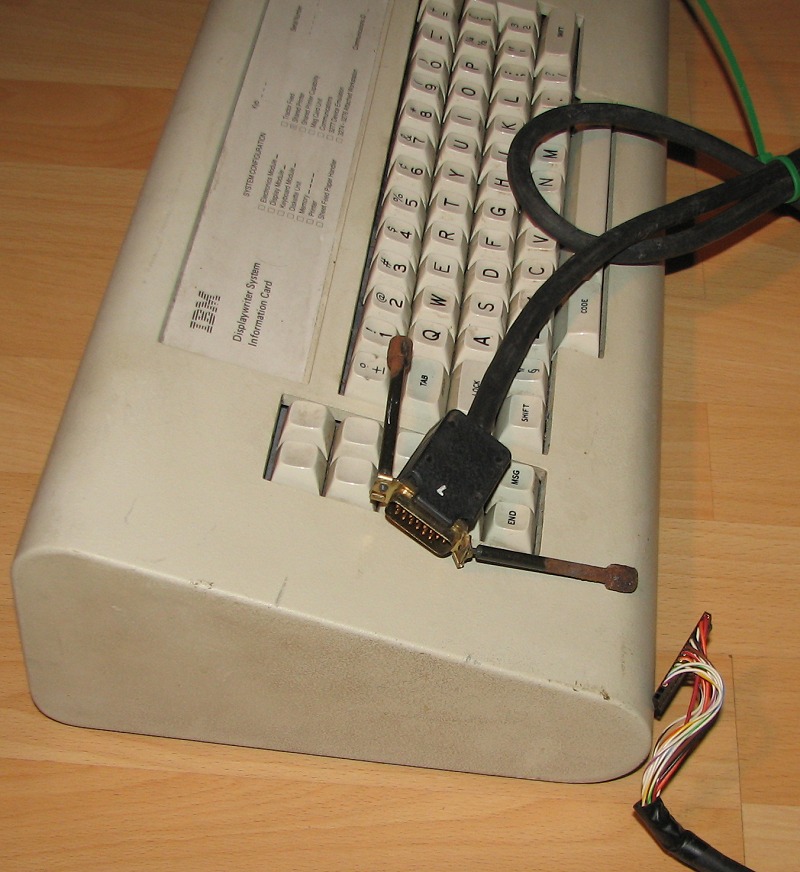RC-1140 wrote:I wonder how Beam Spring switches feel. But I feel like I could not afford them at all. They are only available in IBM Selectrics, right? I would love one of them, even though I wouldn't have any use for it.
Edit: Not IBM Selectric, I meant the IBM Displaywriter.
What switches do the Selectric use btw?
The Selectric doesn't use switches.
Its keys physically engage the printing mechanism of the typewriter. The Selectric does take electrical power, but that is only to run an AC motor that drives the mechanism - you can actually hand-crank a Selectric and it still works with no electricity whatsoever.
Even the I/O mechanisms just added reed switches for getting key presses and solenoids for acting on the print mechanism to the Selectric design, but the actual key actuation was still the Selectric mechanism itself.
I highly recommend finding a Selectric (ideally a I or II, but the III will work, too) and typing on it, but it's not beam spring. It's a fairly light (feels like about 60 cN, IIRC) keypress, with nearly zero resistance until the tactile point, at which it feels like the key is pushing something out of the way (which it actually is, to fall into the interposer mechanism, IIRC), and then as soon as you make your way through the tactile point, the key nearly falls out from underneath your finger. I'd describe it as... almost like the smoothest Cherry blue you've ever used, but 100 times better.
Beam spring is an attempt to imitate the Selectric without actually having to have a mechanical typewriter mechanism. IIRC, we don't have a full list of the machines using beam spring, but it includes the 3276, 3278, and 3279 mainframe terminals, 5251 midrange terminal (the mechanical layout of this keyboard, FWIW, eventually was slightly tweaked (key sizes, but not positions) into the original Model F layout used on the System/23 Datamaster, which was reused as the original PC and XT keyboard), 5100 luggable, DisplayWriter word processor, and some others that I can't remember off the top of my head. I'd describe beam spring as a fairly light switch, in the 55 cN ballpark. Fairly low initial force, but it ramps up quickly, and then goes fairly linearly until the buckling point (note that you don't really push through the buckling point, you just get to it), at which point it has a sharp buckling event (but not a very forceful one, it's not as tactile as a Model F, I'd say).
Buckling spring, in turn, is an attempt to make a cheaper switch that's similar to beam spring. The Model F is in the 65-70 cN ballpark, and I fully believe that, but it feels like all the additional weight is coming up towards the tactile point - initial force doesn't really feel much higher than the beam spring, and force after the tactile event doesn't feel significantly higher.
Edit: Initial force is actually lower, which can help get you momentum into the tactile point.
The Model M is an attempt to cheapen buckling spring again, and due to the tolerances necessary, everything got stiffer and tactility got lost (and dulled, too). Force ranges from 65 to 80 cN, but even a 65 cN Model M (later Lexmark or Unicomp boards) feels stiffer than a Model F due to higher initial force and higher post-tactile event force.



